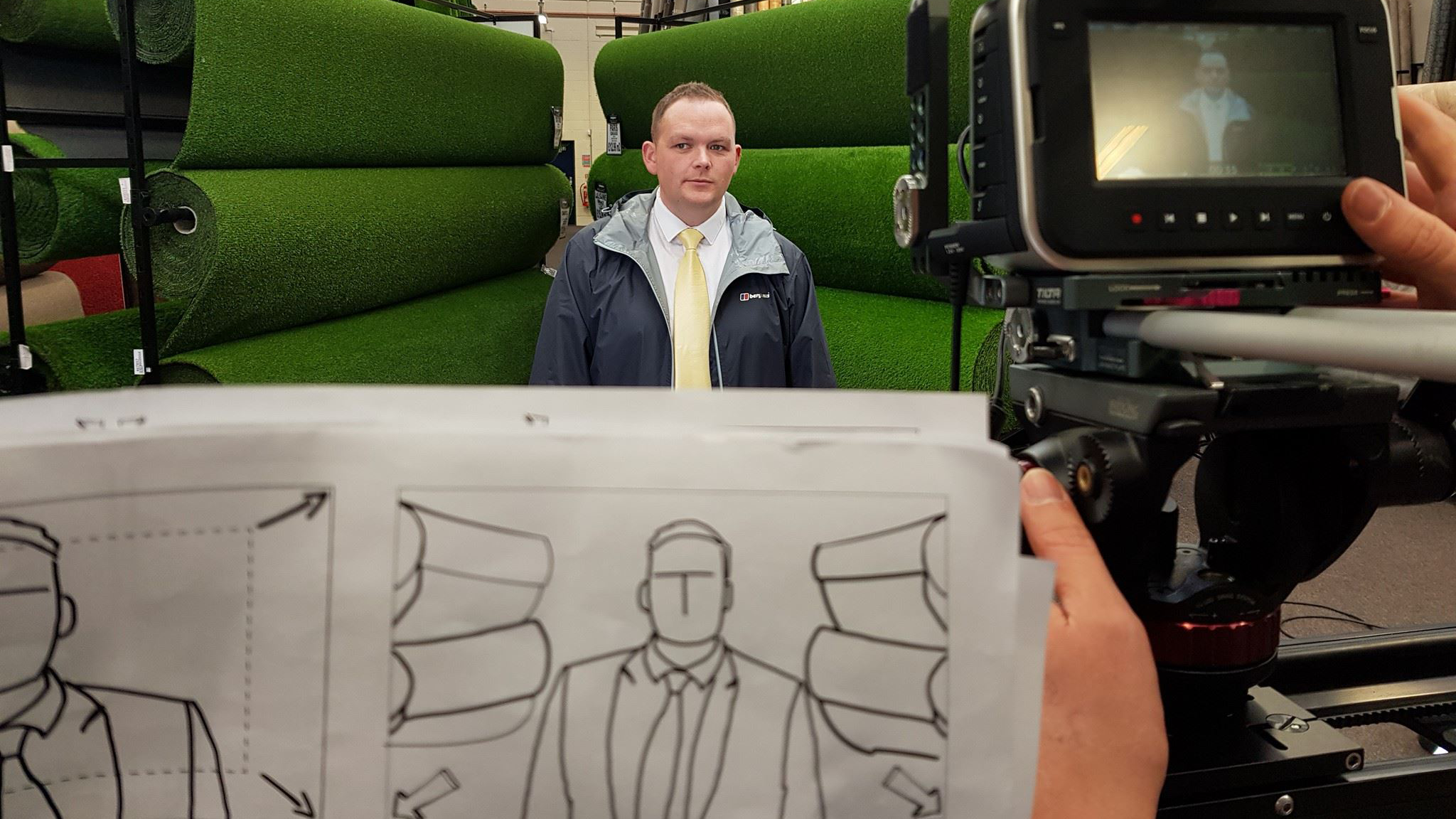In part one we looked at the clearance process and the timescales involved in TV advert production. In part two we look at the creative styles which can be employed to produce an effective TV advert – and offer advice on which styles suit which types of product/service, from both aesthetic and budgetary angles.
Live Action
If your audience needs to emotionally engage with the product or service we’re advertising, a live action approach is usually the best bet. Recognisably ‘typical’ places, people and conversations are best represented by well-acted, stylishly-filmed live action. Helping audiences of all ages to see ‘themselves’ on TV is often the powerful first step on the path to purchase.
Live action is good for:
- Giving viewers a virtual tour of a real place, or helping them picture themselves at a destination
- Showing how products will look in the viewer’s hand, home, car etc.
- Using real customer testimonials – quite often there’s nothing more powerful then hearing from genuine, satisfied customers
- Explaining concepts or products directly to the audience through a presenter, particularly if the product or service offers either something new, or a new way to buy
Live action is in many ways only limited by your available budget and creative ambition – we can’t control the former, but we promise to supply the latter! Live action concepts can be expensive (relative to other creative styles) and there are various factors which can quickly affect the required budget to produce an effective live action TV advert:
- Use of a celebrity
- Number of on-camera performers required
- Number of locations required
- Number and complexity of shots required (including whether digital effects will be added in post-production)
- Location-filming vs. studio filming – filming indoors is always more controlled, but building sets is expensive. Filming outdoors and/or on location can result in better shots, but finding the perfect location can be expensive . The weather in the UK is always a key factor too, unfortunately – there’s a reason that sunny Hollywood became the film capital of the world! Many UK adverts for outdoor-use products are filmed outside of the UK in places like South Africa and Southern Europe, in order to guarantee sunshine during filming
2D Animation
2D animation is often the most cost-effective route into TV advertising. This is primarily because it doesn’t require any filming (with its associated costs) but also because voiceover artists tend to work to a more universal rate structure than actors, which means that our external costs are usually within a relatively low and easily-predictable range. It also can be a faster process, as we can sometimes begin designing the advert in tandem with the script clearance process.
2D animation is very good for:
- Advertisers with limited budgets
- Communicating a lot of product information quickly and memorably
- Explaining processes or services in an easily-understood manner
- Representing places & activities which would be cost-prohibitive to film
Most of our 2D animated TV adverts are produced at similar budget levels, in part because they’re almost always 30 or 40 seconds in length and with 2D animation, there is a strong correlation between the length of an advert and its cost.
Factors which can impact budgets include:
- The visual complexity of each scene
- Number of characters and the design style they require
- Whether the characters need to speak, and if so how many voice artists would be required
- The type of music and sound effects required, and how complex the final sound mix might need to be
- Use of celebrity voices
3D Animation
3D animation, a.k.a. Computer-Generated Imagery (CGI) takes the longest to produce, but the pay-off is striking visuals, being able to take the viewer ‘inside’ a product, or bringing an existing brand character to life. Many adverts blend live-action with CGI animated elements whilst others use CGI on its own, typically with the aim of impressing or even thrilling the viewer.
3D animation is very good for:
- Producing a real ‘wow factor’
- Positioning the client‘s brand as ‘higher-end’ – this advert for Frank’s the Flooring Store, for instance, drew praise from broadcasters and industry professionals for standing out amongst other local business advertising
- Showing people, places & activities which would be cost-prohibitive to film
- Appealing to younger viewers, depending on the style involved
Undoubtedly the biggest limiting factor for 3D animation is available budget. The process is more complex than for 2D animation and it takes more time to produce a 3D animation. Other factors which can impact a budget are:
- Whether the concept requires ‘photo-real’ animation or can be more stylised
- The visual complexity of each scene
- Number of characters
- Range of movement required of each character
- Whether the characters need to speak, and if so how many voice artists would be required
- Use of celebrity voices
We’ve produced TV adverts for clients large and small, for local, regional and national campaigns. We’ve worked in all of these creative styles, and even blended them at times. We assess every advertiser’s brief on its own merits, and then recommend a creative style which we believe will get the best response.
We hope that the information presented here and in part one is not only easy to understand, but helpful to you if you’re considering TV advertising.
Feel free to contact us with any questions you may have – we’ll be delighted to hear from you.
